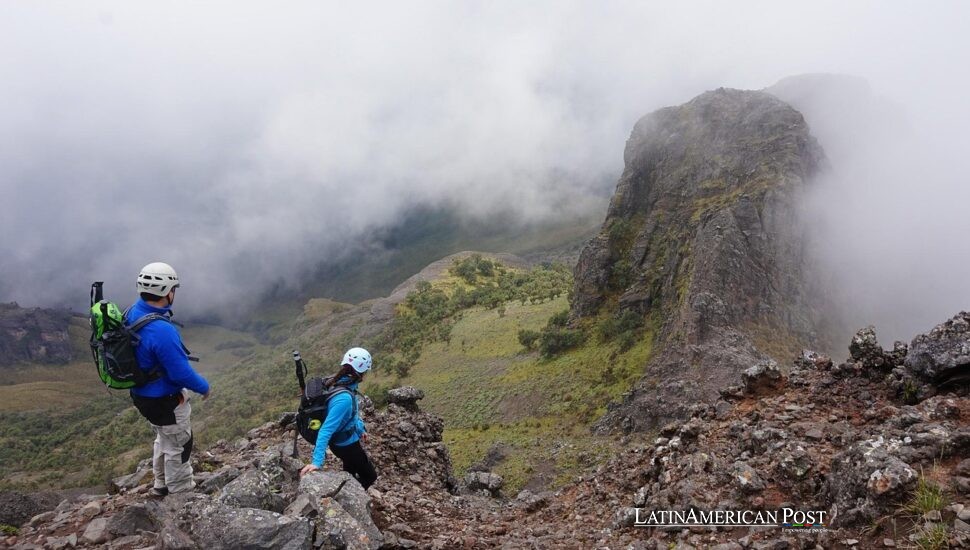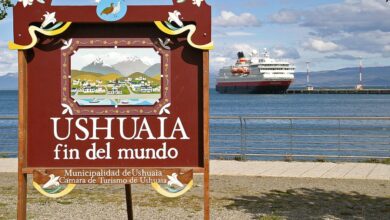Tourism Post-Pandemic: Can Latin America Rebuild with Sustainability in Mind?

Latin America, like everyone else, felt the impact immediately when travel was stopped during the pandemic. However, as a region built heavily on tourism, it felt the consequences on a deeper level. That included millions of workers who depended on tourism and lost their main sources of income.
That was one way to look at it, and the other way was to perceive this as a forced pause and a chance to rethink how tourism works in the region. Today, when everyone is traveling freely again, the main question is whether Latin America is able to rebuild its tourism in a more sustainable way.
A Region Built on Tourism
Before the pandemic, tourism accounted for a significant share of GDP in many Latin American and Caribbean countries. For nations like Costa Rica, Mexico, and the Dominican Republic, it was one of the largest employers.
When the pandemic shut the whole world down, the effect was immediate and devastating. Small businesses vanished in the first place, and local communities that were dependent on visitors started to struggle to survive.
However, in several quiet months that followed, something unexpected happened – nature finally had a break and wildlife returned to its usual areas, once crowded with tourists. Even big cities with heavy pollution were said to see clearer skies and cleaner air.
Many locals and officials started wondering whether the old model of mass tourism (the fast and cheap one) was really worth rebuilding when the pandemic is over.
The Shift Toward Sustainability
Interestingly enough, the whole situation around the pandemic naturally caused a positive shift around traveling as well, a shift that showed a new pattern.
Instead of just being in crowds, visitors started looking for safer, quieter, and maybe more meaningful experiences. They wanted open spaces, smaller groups, and authentic local experiences. In fact, when traveling slowly returned, people were so happy that they could travel again than they were grateful basically for any experience they could get! Playing with $1 deposit free spins on CasinosHunter at home was fun, of course, but being able to get a vacation basically anywhere was a relief for many.
For Latin America, this new pattern gave an opportunity to promote its sustainable tourism instead of restoring the pre-pandemic ways.
Sustainable tourism is bigger than recycling bins or using eco-friendly straws. It means balancing economic recovery and growth with care for the environment and culture. It means respect for smaller and local places and communities, support for fragile ecosystems, and more expensive experiences for tourists in exchange for a more delicate approach to the whole “being a tourist” thing.
Latin America has a lot to protect and restore, really, so this approach is not idealistic; it’s simply practical for survival. Not taking this approach means not being able to ensure the future of tourism itself, let alone restoring what has already been damaged.
Lessons from the Pause
The pandemic brutally exposed weaknesses in the old system. Many tourist destinations became overly dependent on international tourists and never encouraged local arrivals, mostly through the price policy. Local economies that entirely relied on seasonal visitors quickly discovered how fragile this model is. When international travel shut down, the industry could not support itself because locals were not used to being tourists in their own countries.
In contrast, communities that had already integrated certain concepts of sustainability – like nature reserves or local hostels – turned out more resilient to such a rapid change. They had stronger connections with the environments and their communities, so they could be more flexible and try to adapt.
This situation gave a clear lesson: if tourism respects local ecosystems and invests in local communities, it becomes way more stable than when it relies solely on “rich foreign visitors”. Life has shown how quickly things can change for international travel. Therefore, being oriented towards the local community and being sustainable is not just better for nature; it is better for business.
New Traveler Expectations
Post-pandemic traveling made people more aware of their surroundings and the conditions they live and work in; people started to be more conscious of health, and as a natural consequence, of nature and ecology.
Another important factor is that many people struggled with keeping or finding a job during the pandemic, many shops and businesses closed, and people started to value the fact that they themselves had jobs, that many businesses tried to keep working and providing services despite harsh conditions, and also provided jobs for others.
A natural consequence of the combination of these two factors was that post-pandemic travellers became more conscious about the places they go to: they want to know who owns the place, who profits from their stay, whether the hotel pays fair wages, whether the employees are allowed not to work if they are sick, where the food is from, how much waste is produced, and so on.
So, not only did businesses decide to be more locally oriented, but the mere expectations from visitors set new standards for businesses. This change benefits destinations that embrace authenticity and responsibility.
A guesthouse that sources food locally or a tour that supports indigenous guides stands out more than another all-inclusive resort. This allows even smaller businesses to support more people, while making their visitors happy and keeping the industry running.




